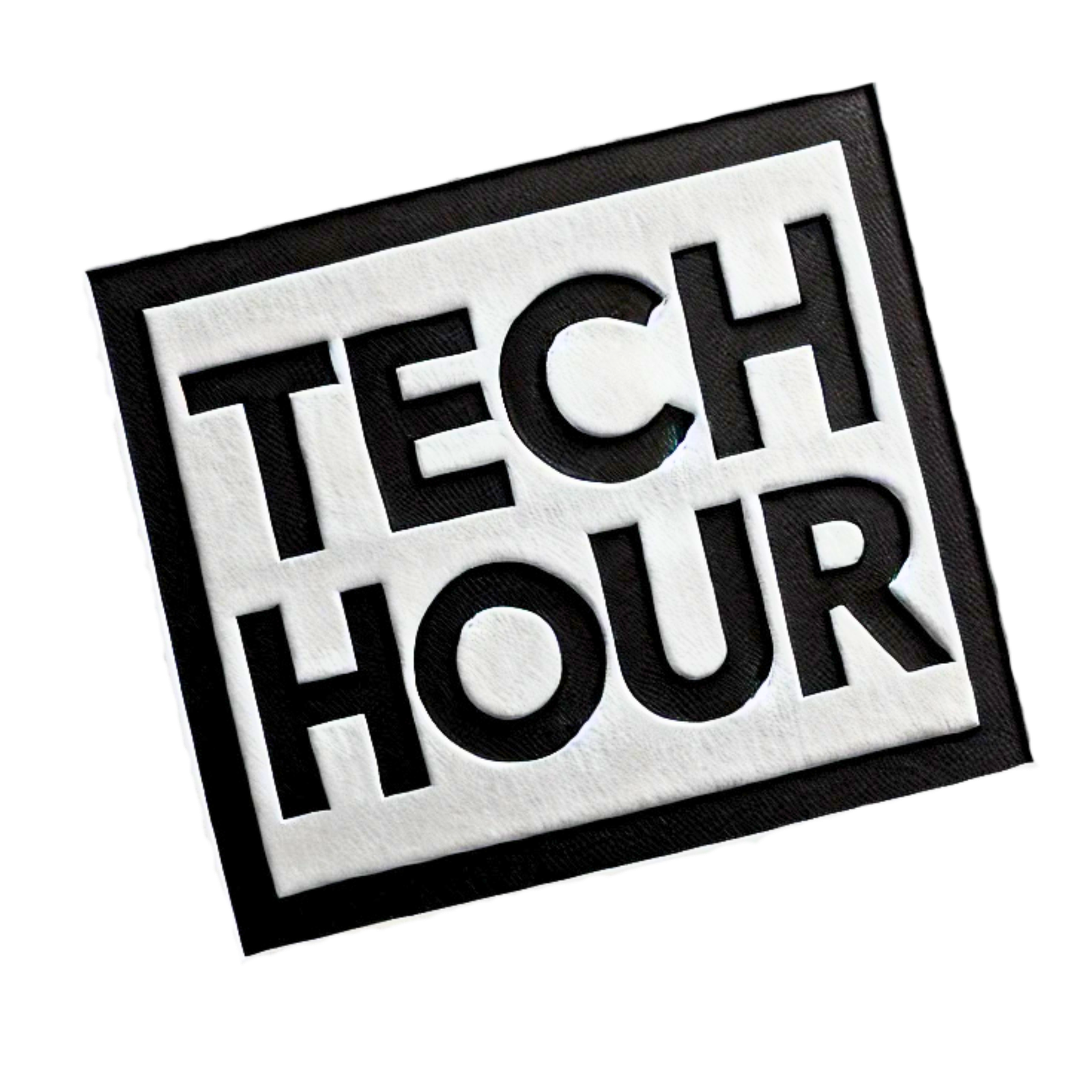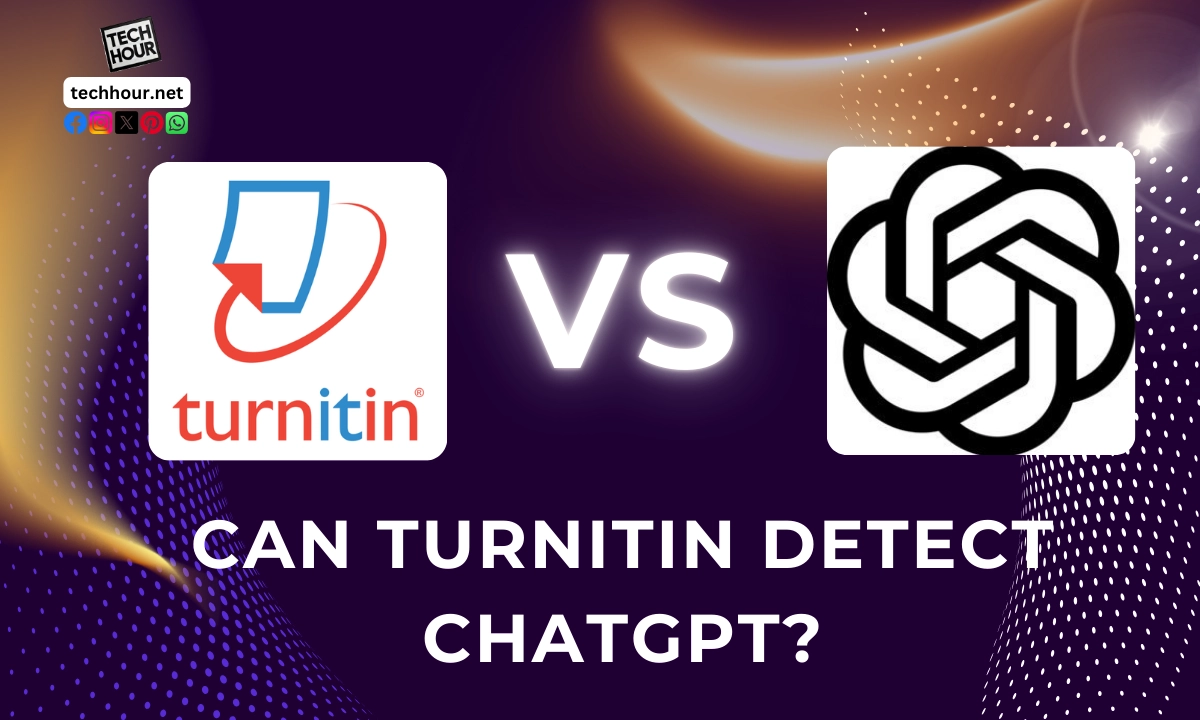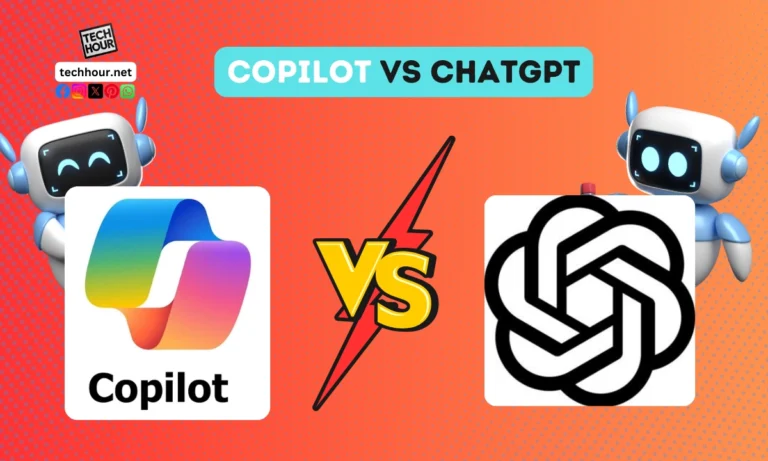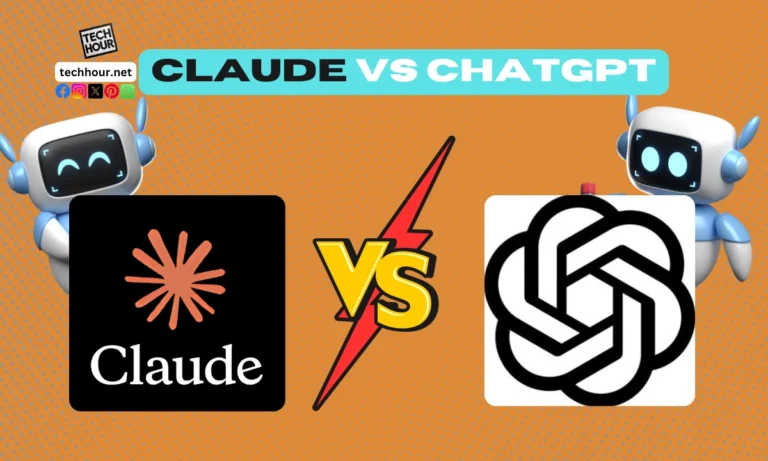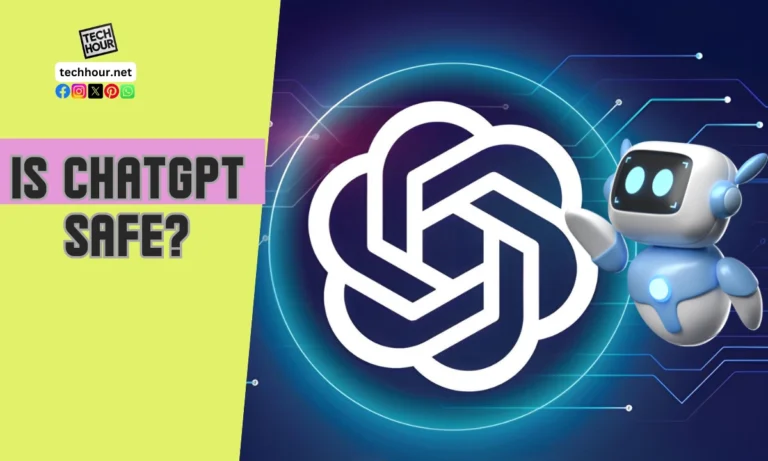With the integration of AI tools like ChatGPT, the work of many students is upturned which is fuelling many students’ questions as to what it means for their academic life. Because of this concern about integrity and plagiarism of academic work, there have been questions regarding the handling of AI-generated work by programs like Turnitin.
It is also worth noting that Turnitin could scan and identify assignments completed through the use of ChatGPT. So you must comprehend how precisely these technologies work.

As more teachers start to incorporate AI writing detection in their practices, being aware of how Turnitin systems work about your assignments empowers you to do a more effective job.
Did you know that almost 98% of UK Universities use Turnitin to enhance academic standards? This statistic helps to bring out the essence of knowing what is okay to be included in your writing and what place AI tools occupy in that writing.
Turnitin, with this awareness of the interaction between ChatGPT and AI tools, assists students in realizing their work requirements and taking steps to ensure their work conforms to academic standards. Be it any manner of usage, either looking for tools or looking for submitting original content through AI or other means, in the end, these interactions will help you throughout your academic journey.
Understanding Turnitin’s Functionality and AI Writing
Turnitin has gained significance for academics who seek originality since it provides technology that detects plagiarism, as well as work generated by AI. In this aspect, this subsection narrows down to how Turnitin works within the academic institutions, how various works are distinguishable despite another original work being present and most importantly the role of AI writing tools in the anti-plagiarism practices.
The Role of Turnitin in Academic Institutions
In academic institutions, Turnitin is an important tool for teachers. Its primary goal should be to encourage learners to submit original works while at the same time minimizing cheating in academic pursuits.
Teachers are using Turnitin resources to tell whether or not a piece of work is unique. Such reports include (but are not limited to) details of items in the TurnItIn system, which include student papers, articles, and sites that might contain some original work.
This technology is very important as it assists educators in maintaining the quality expected in academic projects, helps students correctly use quotes, and helps them think critically.
How Turnitin Detects Plagiarism and Original Work
Understandably, there is a lot of work to be done and Turnitin has proper control measures in place. There is an inbuilt control system that makes sure that whatever work is sent to turn it in, there are algorithms that would simulate it against a million opinions. The system provides a percentage based on the summarization process. Completion means how much your work matches that of others. This is useful in avoiding plagiarism since you will be able to know which areas in your text coincide with already existing work.
It can also track edited portions of text and rewritten AI pieces by analyzing the style of writing and sentence structure. It can now identify more instances of copying due to its enhancements that were taken into consideration.
Capabilities of AI Writing Tools and Their Influence on Detection
There is a disadvantage or criticism due to the increased use of AI tools such as chat GPT or quillbot. AI tools can produce content similar to content written by human beings but vice versa would oppose academic integrity.
Turnitin’s AI model reacts to these problems. It does not simply counter basic forms of plagiarism alone but aids even for AI-generated, complex content.
Turnitin analyzes the linguistic pattern and structure characteristic of AI writing to assist educational professionals in screening work that might not have been authored by students.
It is evident that the tools and techniques of Turnitin are relevant across various periods, many editions can be discovered in Turnitin hence fulfilling the demand to deter both traditional forms of plagiarism and AI-powered content creation. Originality and integrity in the context of education are ensured as a result.
Challenges and Advances in Detecting AI-Generated Content
The task of ascertaining if a piece of content was generated from AI tools such as chatbots is quite challenging. The divide between machine-generated and human-created pieces of work continues to narrow as AI keeps evolving. This part of the paper however discusses the gaps that exist in the current academic detection methods and algorithmic solutions that are being developed to address accuracy concerns.
Limitations in Identifying AI-Generated Text
A lot of people do not understand the shortcomings of current methods when it comes to the detection of creation done by AI. Most people would struggle to comprehend the current drawing-the-line AI writing from text created by a human or a more advanced chatbot. A traditional example would be Turnitin, a well-known detection tool, falling into the category.
The AI writing tools problem is the growth of false positives. Because almost always they mimic the human style, it becomes difficult to tell the difference between AI-generated text and human text. This problem becomes much worse when people begin to flag human-produced work as AI-created.
Other methods also struggle with automation. A report generated through AI might be too similar to its original context, so other methods fail to automate the nuances of that change. These methods also fail to detect the slight changes made by humans to normalize the assessment through machine-generated phrases.
Evolving AI Detection Algorithms and Their Accuracy
A question sparks in many people’s minds, as AI content creation becomes more advanced and accessible, does it also get easier to tell which content was created by a human and which one was an AI? And the answer is Yes, new easy-to-use algorithms are being designed that will allow more advanced detection of AI-produced content.
The advanced AI detection models employ more sophisticated evaluation frameworks including the analysis of the sentence structure, coherence of the text, and writing style. Some algorithms are targeted and can learn and accommodate new information making their level of accuracy graduate over time.
However, there are still challenges. Many tools analyzing writing styles report a disparity in how well or accurately they perform for a range of multiple styles. The area is very active but it is not yet at the level where one can be 100% certain math does not lie in detection.
So, it should also be emphasized that when tackling the issue of AI-generated content it is important to take into account both the extent to which AI content detection tools provide accurate results and the extent to which these results can be relied on from the aspect of academic honesty.
FAQs
In this section, you will find important explanations regarding the AI content written in Turnitin. This includes a description of its algorithms, types of detection content, and characteristics of AI writing that it detects.
How does the Turnitin algorithm detect works that have been written using AI writing tools?
Turnitin’s algorithm is attuned to various characteristics and structural features of content that has been created using AI. While it highlights some AI features, the efficacy depends on the complexity of the AI text included.
Can SEO ai content detectors detect AI-written text via paraphrasing tools on Turnitin?
Rephrased content using AI paraphrasing tools can often be picked up by Turnitin. But when the paraphrase is better done with finesse, there’s a chance that it may not come up as AI content.
What mechanisms are in place for Turnitin to identify text that has been generated by AI technology?
Turnitin uses a variety of methods which include analyzing texts and machine learning among others. Such tools are useful when attempting to find out whether a certain piece of text resembles any known works created by AI.
Can AI-powered paraphrasing tools be classified with similarity checkers including Turnitin?
Yes, many similarity checkers including Turnitin can flag AI-powered paraphrasing tools. The degree of detection depends on how closely the text parallels the original content or standard sentences.
Does Turnitin hypothesize that there are AI authors and if so can this potential capability be flagged within Turnitin?
Yes, Turnitin can detect if the text was generated by an AI. They are also continuously working on new features that will make it easier to swiftly detect AI authorships on their platform.
ChatGPT and human students distinction by Turnitin systems and approaches, how do they do this?
Separating ChatGPT and human students when trying to use strategies such as plagiarism for Turnitin can be difficult. Red flags for Turnitin would be the type of structure and wording used. However, these red flags aren’t always accurate.
